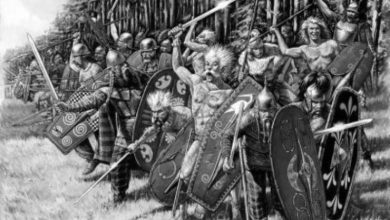Exploring the foundation and development of Irish clans in ancient Ireland!
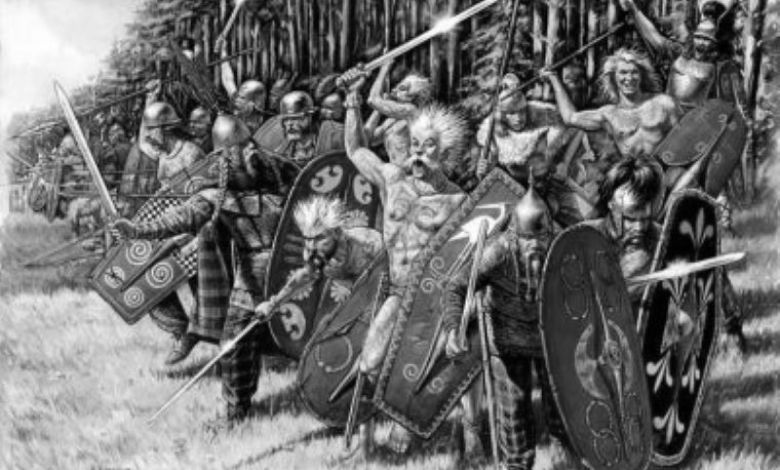
Ireland is one of the countries that still follows the clan system. Clans have always been of great value in Ireland since their part remained crucial in every era, from ancient Celtic roots to modern Ireland. Meanwhile, all the clans of Ireland have faced different circumstances. This article describes the foundation and development of Irish clans, their structure, and much more.
History of Irish Clans
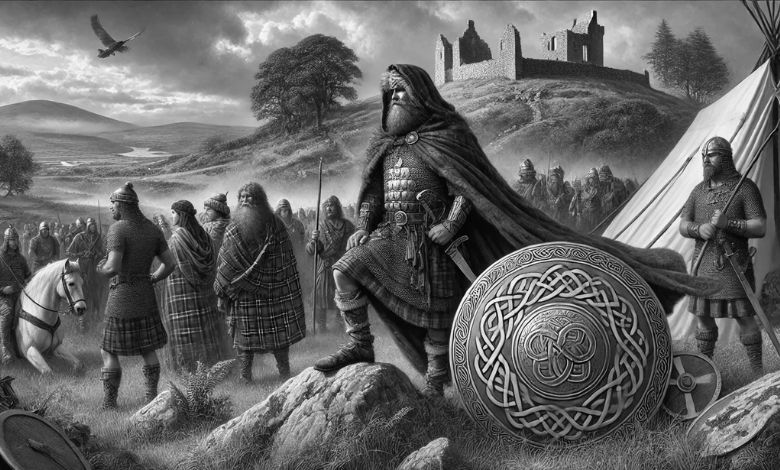
Ireland has always been characterized by a unique social pattern, and the clan system has been significant in this scenario. The first recorded sight of Irish clans dates back to ancient Celts in 500 BC, while The Cruthin is said to be the first Irish tribe. The structure of clans in Ireland seems to have been inspired by the Celts since they followed the same chief or kinship system.
However, a prominent difference is also notable. People following the same clan were also part of the same family. Their chief had the same lineage of descendants. Similarly, they used to occupy the same area, and no one from other clans had permission to reside with them.
Structure and Hierarchy of Clans
Irish tribes were a system with proper structure and hierarchy. Although a chieftain was the primary person who ruled all, approaching them directly was almost impossible. So, several people with proper grading existed, and each had its role to perform.
Clan Chief
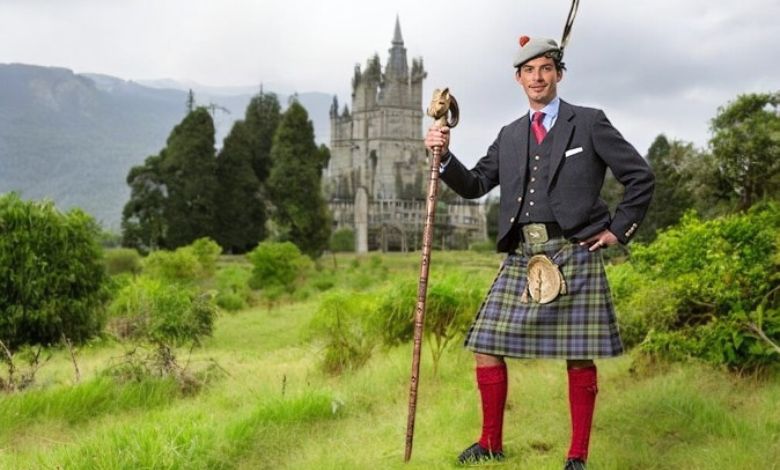
A clan chief was the most critical member of the tribe and was selected by the tanistry system. The system did not allow the choice of a person from the descendants of the sitting chief. However, the person with the most value was decided who was capable of dealing with situations with extraordinary skills. He had a political impact and was responsible for the defense system.
Sub Chief or Nobility
Another vital entity in clan systems was their sub-chiefs or other nobility. They acted beneath the chief or were considered to be the leaders of septs. Their positions were essential for maintaining the clan’s internal and external affairs and supporting social unity and army powers.
The Commoners
Most of the clans comprised commoners, and many of them used to work in the lands. These people were also a part of the economic system since the Irish clans used to keep cattle. Likewise, they were an essential part of the clan, enjoying the battles and their jobs.
Irish Clan Warfare
The Irish, being inhabitants of the Highlands, were not battle-oriented like the Scots. Still, they had their unique warfare system and distinctive strategies for fighting in battles.
Territorial Intentions
As stated earlier, a clan was home to the same family, and no other people could live with them. It indicates that territory was a symbol of power then. However, they always fought to expand their land to increase their power. As a result, many clan battles and wars with others remained a part of their history.
Wars and Social Connections
The previous passage discussed feuds and wars. Fighting was undoubtedly their nature, but for many reasons, not just for land. They fought for honor as well as blood debt. Similar to battles, they preferred maintaining good relations with other clans. One clan used to marry members of different tribes, and treaties and military alliances were common.
Battles and Strategies
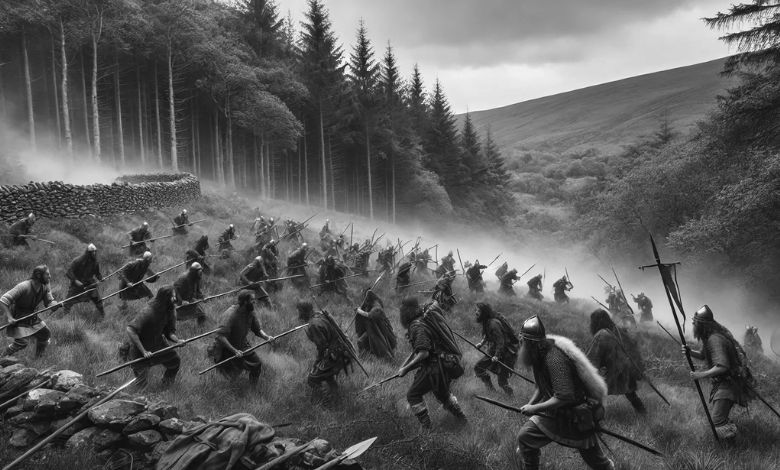
Irish clans used to follow the “rath” strategies during wars. Similarly, guerrilla tactics and ambushes were common as well. Guerrilla tactics were unique strategies with a lower number of fighters that aimed to weaken opponents. After that, they used to go with ambushes, which were sudden attacks from hidden places.
The Decline and Dissolution of Clans
Everything was good with Irish clans until the mid-16th century. Only one person was responsible for making the house strong. 1542 was not a good time for them since the English King, Henry VIII, began to conquer Ireland. During the following years, the clan system collapsed in Ireland.
Role of Clans in Irish Traditions and Culture Identity
What is the role of clans in Irish traditions? This question is often asked on different platforms. Remember, clans have preserved Irish culture, which is still a part of their country.
The tribes continued with traditional music and dance. Similarly, clans are a way for Irish people to connect with their ancestors. If the Irish heritage is alive today, they must thank the clan system. The Irish tribal system helped to preserve the language, myths, and folklore, as well as Irish art and literature.
As important as the clan structure itself, traditional Irish attire like the Irish kilt outfits became a symbol of belonging and pride for clan members. The kilt, often adorned with specific tartans or patterns associated with particular clans, was not just a garment but a representation of the clan’s history and cultural heritage.
Clans in Modern Ireland
The clan system was completely revived in 1989 in Ireland. In modern Ireland, locals have a deep interest in their history. Irish people are passionate about learning about their heritage. As a result, the legacy of the clan system has taken on a new shape.
Clan Societies
With time, many clan societies have taken on the responsibility of preserving history and culture. Many organizations offer resources for genealogical research, historical information, and cultural events.
Influence on Contemporary Identity
The system’s historical significance highly encouraged the contemporary identity of Irish people. One of the shared identities of Irish clans is the surnames of people, which they have been using for centuries. Likewise, a genuine understanding of the clan system makes people aware of their heritage.
Notable Irish Clans Today
Do you know how many Irish clans exist in the country today? According to sources, Ireland has 240 clans in total. We are going to talk about just 10 of them here who played significant roles in Irish history, from military leadership to governance.
- O’Neill – One of the most powerful and influential clans in Irish history, based in Ulster.
- O’Brien – A prominent Munster clan descended from Brian Boru, the High King of Ireland.
- O’Connor – A prominent clan from Connacht, historically significant in the kingdom of Connacht.
- MacCarthy – A notable clan from Munster, particularly associated with the Kingdom of Desmond.
- MacMahon – An influential clan from the north of Ireland, particularly in the province of Ulster.
- O’Donnell – A powerful clan from the northern province of Ulster, particularly in Donegal.
- O’Rourke – A historic clan from Connacht, once Kings of Breifne (now parts of Leitrim and Cavan).
- Kavanagh – A prominent clan from Leinster, associated with the Kingdom of Leinster.
- Burke (de Burgh) – A notable Norman-Irish family with significant influence in Connacht and beyond.
- Clancy – A clan initially from Munster, known for their leadership in the region of Thomond.
The clan system in Ireland is quite ancient. According to studies, the first Irish clan was discovered in 500 BC. A chief leads the clan, but a couple of other entities also help him to settle things. Though battling was never their top priority, they still fought many wars. Their warfare differed from others since they used rath, guerrilla, and ambush tactics. Their decline started when the English throne conquered them. However, their impact on Irish culture and heritage has been quite nominal.

